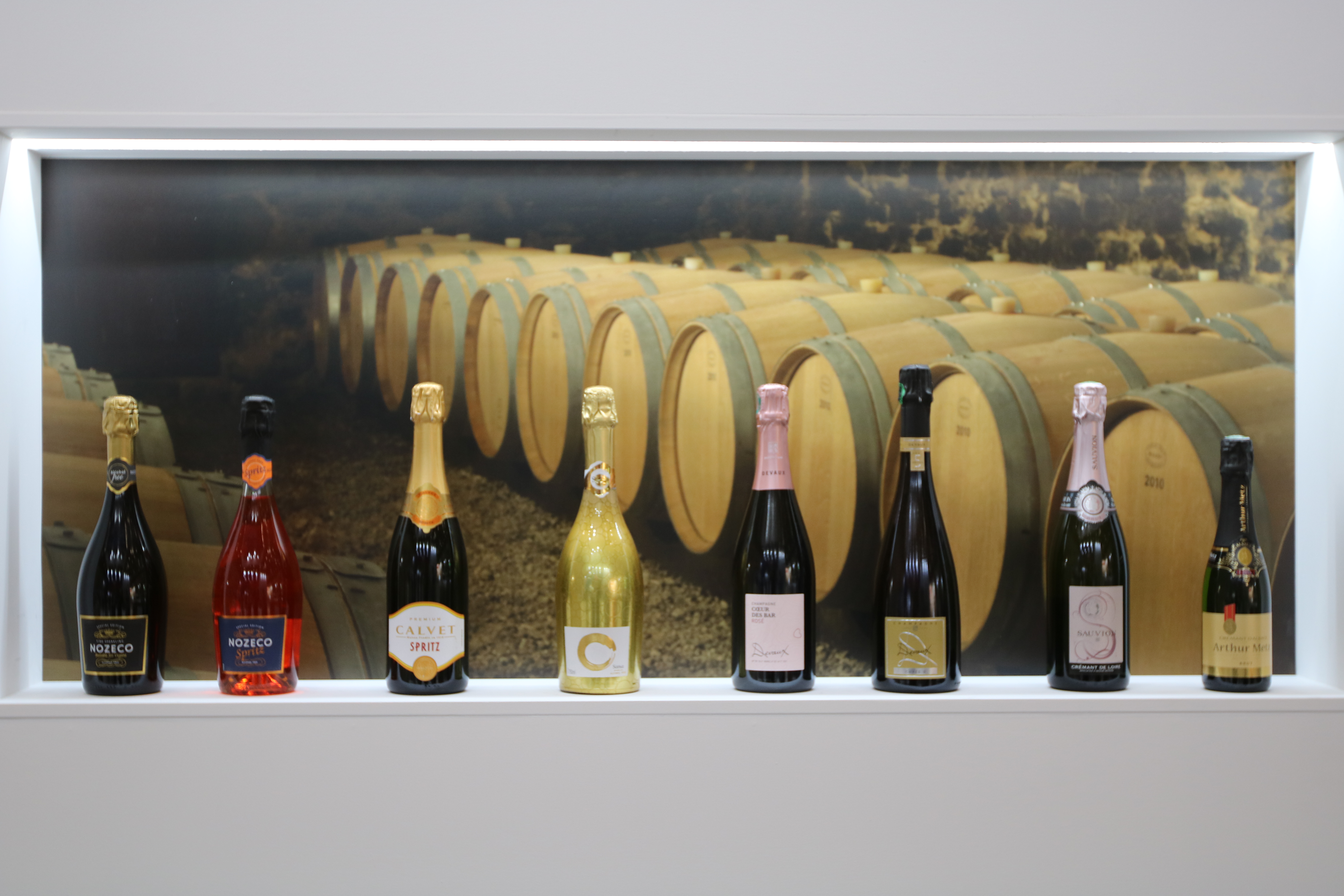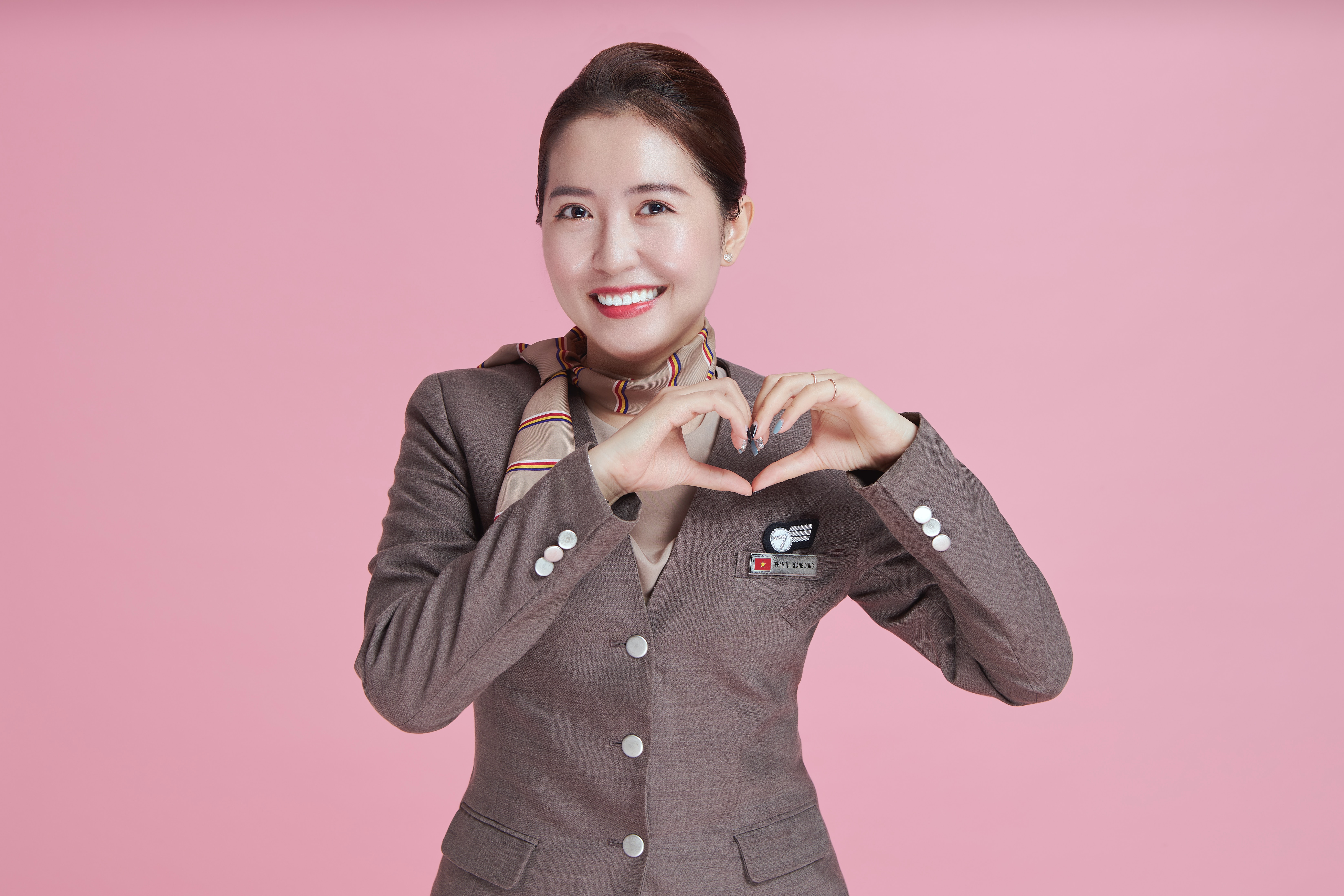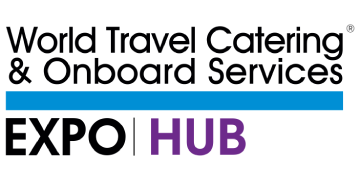
As part of the airline industry’s current paradigm shift, onboard services are being defined by dynamic changes in passenger preferences in the aftermath of the global pandemic.
To shed light on how carriers are proactively enhancing customer experiences, particularly in economy class, WTCE takes a deeper look at the latest trends and innovations within the industry.
As we navigate new developments, it’s clear that airlines are not only adapting to new norms. They’re completely redefining in-flight service standards.
Premium economy takes centre stage
A pivotal shift in the airline industry is the increasing prominence of premium economy seats. This trend has been driven by a decline in business travel, prompting airlines to appeal to high-end leisure travellers and former business flyers.
With the emergence of “bleisure” travel and passengers who previously expected a “business-class offering”, airlines have had to adapt to passenger food preferences.
As such, the willingness of passengers to pay for added amenities has translated into significant revenue gains for full-service, low-cost, and ultra-low cost carriers. According to one economic analysis for 2022-2023, the yield of full-service carriers increased more than 20% (Qs 2 & 3 of 2022) compared to the same periods in 2019.
Airlines are riding the recovery
However, with a resurgence of demand for business travel on long-haul flights, airlines are strategically incorporating premium economy seats.
This move is not confined to business travellers; leisure travellers are also seeking added comfort on longer journeys. So, the industry is witnessing a shift towards accommodating the evolving needs of passengers, reflecting a commitment to enhancing overall travel experiences across all classes.
Many aircraft are being retrofitted with economy class seating due to ‘revenue-generating potential’. This potential is not confined to seat sales alone.
Low-cost and ultra-low cost carriers diversify offerings
In a noteworthy departure from tradition, low-cost carriers (LCCs) and ultra-low cost carriers (ULCs) are recognising the significance of business travellers. This acknowledgment is translating into a diversification of product offerings to cater to different passenger requirements. There are also attempts to make the most of the price elasticity of passenger spend in premium economy classes.
Utilising machine learning approaches, ULCs and LCCs are gaining insights into and predicting customer purposes of travel, allowing them to tailor their services more effectively. This is a move that departs, if slightly, from perceptions of ULCs as ‘limiting their amenities to the bare minimum’.

In contrast, Emirates is one example of a marked difference in premium economy catering options. In-flight dining in premium economy is three-course dinners served on Royal Doulton china tableware with an array of drink selections from the business-class wine list not available in regular economy.
Despite tailored offerings that attempt to bridge the campaign between business and economy, airlines still face challenges as to customers willingness to spend.
Creating value through ancillary products
Airlines are leveraging ancillary revenue as a crucial driver of profitability. However, challenges related to customer interest and pricing complexity persist today.
To overcome these challenges, airlines are focusing on creating value for customers by offering unique and personalised ancillary products and services. This includes premium meal options and partnerships with third-party providers for things like inflight entertainment software and hardware to mitigate operational costs.
They also include bundled packages (for example, seats and in-flight dining) which, as will become clear, may not always align with passenger preferences.
Unbundling as a profitability lever
On the other hand, the rise of low-cost carriers has been a catalyst for the unbundling of airline products, with a strong emphasis on ancillary revenue.
This trend, which originated among budget airlines, has steadily spread across the entire travel industry. Ancillary products are becoming a key lever for profitability, with high-performing airlines actively innovating new offerings in the economy class, such as aisle seats, premium meals, and private-car transfers.
By placing the spotlight on ancillary revenue, these carriers have made it a key lever for profitability. An example of this could be passengers who would abstain from alcoholic drinks offered even in economy classes on long-haul flights.

By unbundling this offer, passengers can see the savings passed onto things like ticket price. However, for passengers, unbundling can then cause unnecessary stress over uncertainty as to whether:
- food will be provided onboard
- they will receive amenities like blankets during flights
- they have baggage allowance or not
So how can airlines innovate economy class ancillaries and tailor packages without negatively affecting passenger experience?
Innovations in economy class ancillaries
In the economy class, airlines are actively innovating new ancillaries to enhance the customer experience. High-performing airlines, it’s reported, are introducing innovations such as aisle seats, premium meals, reserving overhead space, and private-car transfers.
However, it is the strategic presentation of these offers at the right moment in the customer journey which is vital. This is the key to increasing customer value, satisfaction and ultimately, profitability.
With high margins for ancillaries, they are also the backbone of many operators. Again, analayses show that the benefits of unbundling ancillaries can be to:
- offer passengers more options
- give passenger greater control over their experience
- leverage passengers being less price sensitive to add-ons (compared to fare price)
- delight passengers with additional or unexpected value
Although, the persistence of quality service and human interaction onboard cannot be undermined.
“So long as the crew delivered good service and passengers felt like they were wanted…that was the crux of a good or a bad flight.”
Kelly Stevenson
JetVine Brand Consultant & Former British Airways Food & Beverages Buyer
Service quality and passenger satisfaction
Contrary to some stereotypes of low-cost carriers, service quality emerges as a significant factor influencing passenger satisfaction. It has been shown that low-cost airlines maintaining good service quality in the economy class directly contribute to higher passenger satisfaction levels. This underscores the importance of delivering quality services even in budget-friendly travel options.

But the question remains, how are today’s airline operators incorporating these strategies?
Airline-specific upgrades
Airlines are actively investing in upgrading their economy class offerings to provide a more refined travel experience.
Examples include Air Canada and Japan Airlines, each introducing enhancements to elevate the overall customer travel experience.
Air Canada will include meals created by celebrated Montreal Chef Jérôme Ferrer as well as regional appetisers. This compounds their premium economy offerings whereby passengers flying in this class also receive:
- a comfortable pillow and blanket
- an amenity kit
- a “CleanCare Kit” including hand sanitiser and antiseptic wipes when flying internationally
As for JAL, awarded Best Economy Class 2023, some key factors that have been picked up on include:
Cabin attendants’ knowledge and hospitality
Returning to the importance of economy service onboard, JAL’s cabin attendants friendliness and expertise in products, services, and safety was key to leavingaa lasting impression on passengers.
Unparalleled comfort
JAL’s Economy Class featured comfort, spaciousness and a configuration that prioritses wellbeing.
Cutting-edge inflight meals
JAL’s inflight meals, curated under the guidance of leading chefs, focus on the theme of “inflight meals for the future.” Menus feature themed items like a Japanese-style beef stew that captures “A moment of happiness inside the cabin”. This was created by Chef Namae Shinobu, grand chef of L’Effervescence.
Delta, also, is at the forefront of efforts to improve the economy class dining experience on international routes. This initiative aligns with a broader industry trend focusing on enhancing various aspects of economy class services.
As airlines strive to meet evolving passenger expectations, dining experiences play a crucial role in shaping overall satisfaction.
Air India’s recently launched Premium Economy Class on selected flights also offers an elegant TUMI amenity kit including:
- a pair of flight socks
- an eye mask
- MALIN+GOETZ lip moisturizer
- a pen
- carpet slippers
- noise-cancelling headphones to complement Air India’s In-flight Entertainment (IFE) system
Routes with their premium economy offering also feature onboard dining with:
- a welcome drink served on an elegant silver tray
- a menu card
- a choice from three meal choices for the main course, served on fine chinaware, accompanied by an appetiser and dessert
- A drinks menu includes a selection of alcoholic and non-alcoholic beverages
Other Asian carriers, such as Singapore Airlines, ANA, and Korean Air, also stand out for their superior inflight experiences, emphasising the importance of airline-specific strategies in shaping passenger perceptions.
Transforming economy air travel
As the airline industry undergoes transformative changes, the emphasis on enhancing economy class experiences emerges as a central theme. The rise of premium economy, the unbundling revolution sparked by low-cost carriers, and innovations in ancillaries look set to define progress
Through tailoring ancillary, dining, seating and other onboard options the industry can remain committed to providing an elevated travel experience for all. In doing so, airlines will have to navigate the complexities of the current landscape (one that is wildly different from a few years ago) whilst setting the stage for a more customer-centric and resilient future for air travel.
